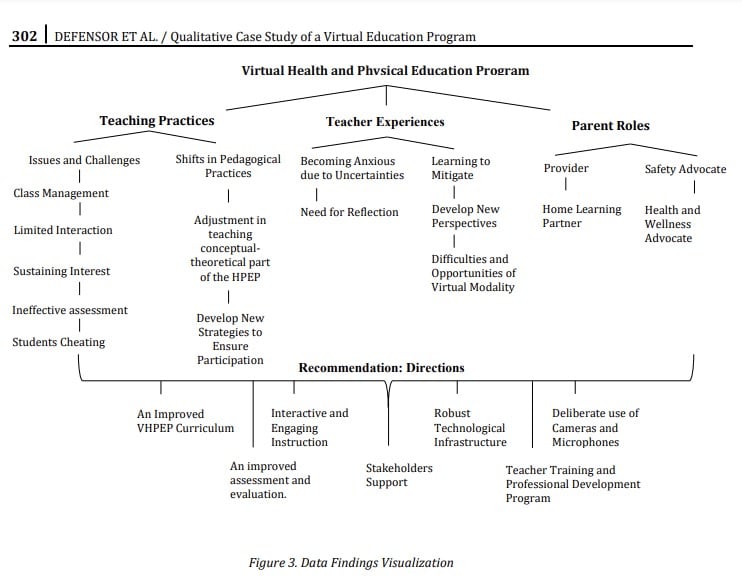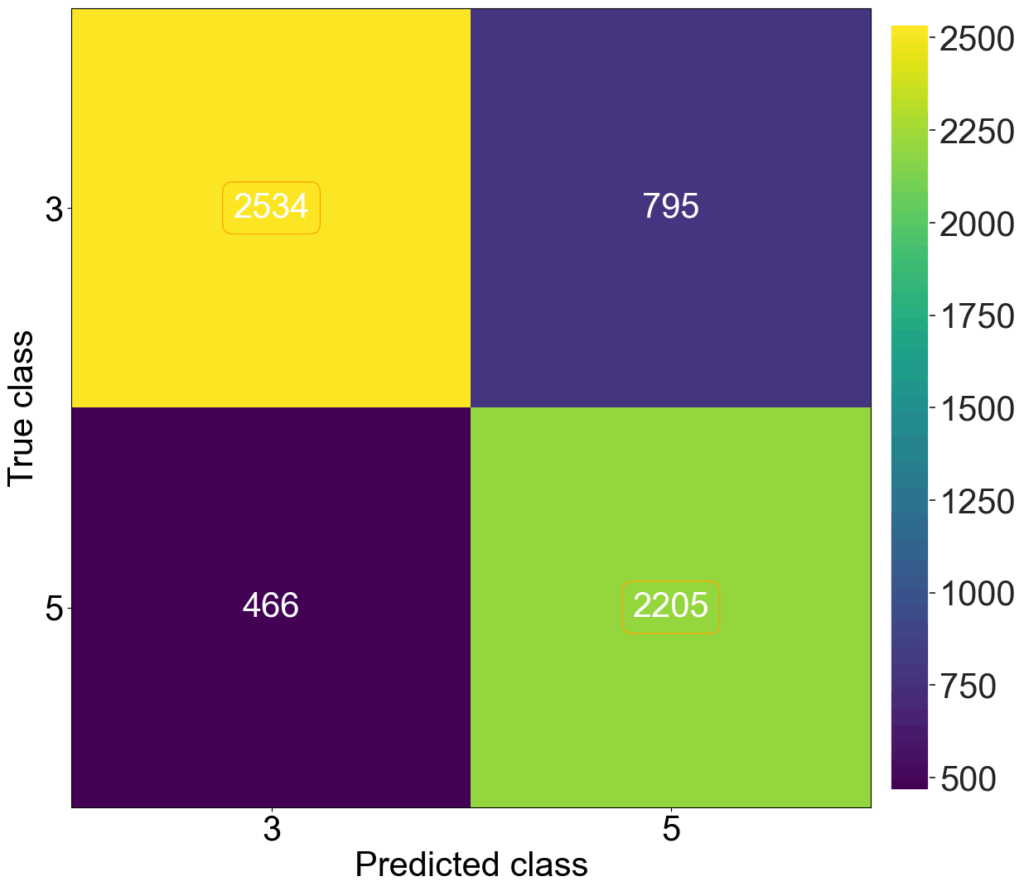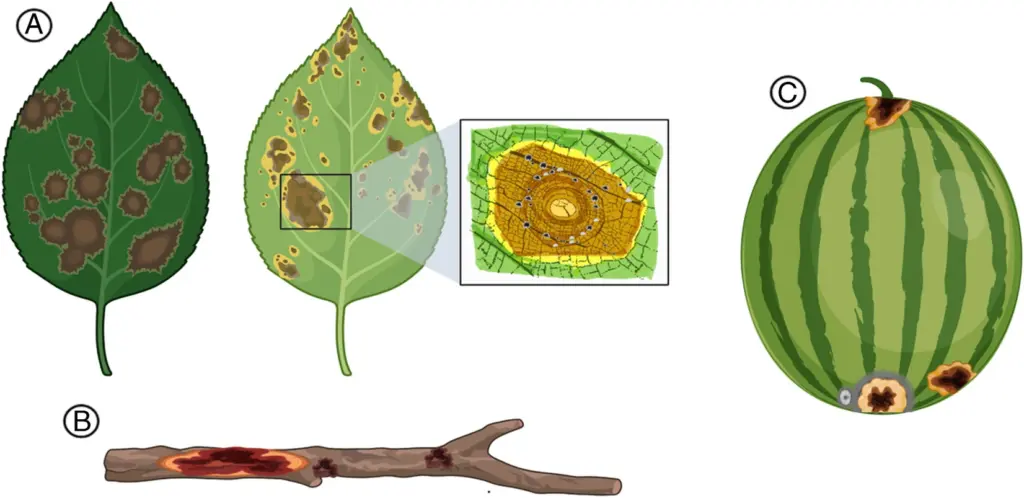Research
As the national university, we champion and support innovative research that addresses the country’s most pressing challenges.
13 Jun 2025
Large language models offer many opportunities but also pose considerable challenges
With the advancement of artificial intelligence (AI) technologies, the availability of data, and the advancement of hardware technologies, applications such...
Read More10 Jun 2025
A virtual health and physical education program during COVID-19 struggled with low student engagement and ineffective online assessment
The study explored a virtual health and physical education program implemented during COVID-19 school closures. It centered on practices, teacher...
Read More09 Jun 2025
There is a weak relationship between 3D mandibular shape and diet in extant primates
This is a study that uses 3D shape analyses to investigate if there is a relationship between mandible shape in...
Read More09 Jun 2025
The presumed invisibility and “mute” voices of Pinay lesbian writers parallel the similar invisibility of nature in Philippine anthologies
In the introduction to Tingle: Anthology of Pinay Lesbian Writing (2021), the anthology’s editor, Jhoanna Lynn B. Cruz, points to...
Read More03 Jun 2025
AI can enhance conceptual understanding and boost self-confidence in mathematics
AI is increasingly integrated into educational settings, offering personalized learning experiences that adapt to individual needs. While AI has the...
Read More28 May 2025
SPECIAL FEATURE: How did Filipino athletes cope with the Covid-19 pandemic?
The COVID-19 pandemic deeply affected social and economic life around the world. To protect public health, many countries enforced lockdowns...
Read More21 May 2025
Machine learning holds great promise for advancing hadron physics and deepening our understanding of the subatomic world
We investigated a peak signal around MeV in the invariant mass spectrum, which has intrigued physicists as a potential candidate...
Read More20 May 2025
Cigarette demand varies with changes in price
This study looks into how recent tax reforms on cigarettes and fermented liquor in the Philippines have affected people’s consumption...
Read More08 May 2025
There is a weak positive correlation between land surface temperature and concentrations of carbon monoxide and nitrogen dioxide
This study looks at how land surface temperature (LST) from satellite data, elevation, and air quality parameters are related in...
Read More07 May 2025
Proper water management and soil sanitation can help prevent crop losses caused by the Paramyrothecium fungus
Paramyrothecium is a fungus that can cause plant diseases like coffee leaf spots, muskmelon crown rot, and eggplant crater rot....
Read More02 May 2025
Simulations show that rosette nanotube is a potential vehicle for anticancer drugs such as paclitaxel
Anticancer drugs such as paclitaxel (PTX) affect the healthy cells apart from the cancer cells, causing severe side effects. Targeted...
Read More30 Apr 2025
Leni Robredo’s presidential campaign offered supporters spaces that reflected their hopes by highlighting gender and sexuality issues
This paper examines how Leni Robredo’s presidential campaign during the 2022 Philippines elections used language and visuals to create a...
Read More











